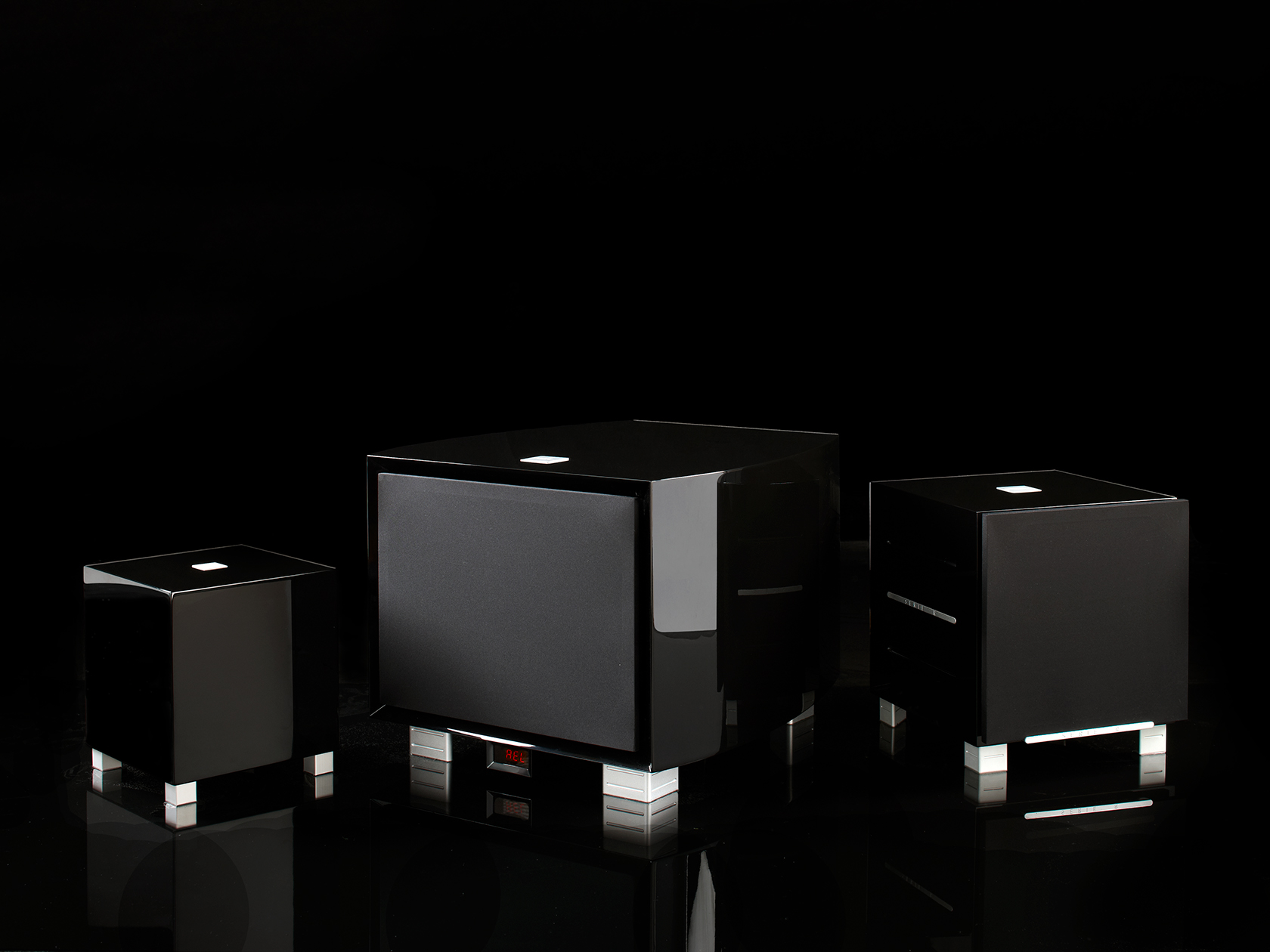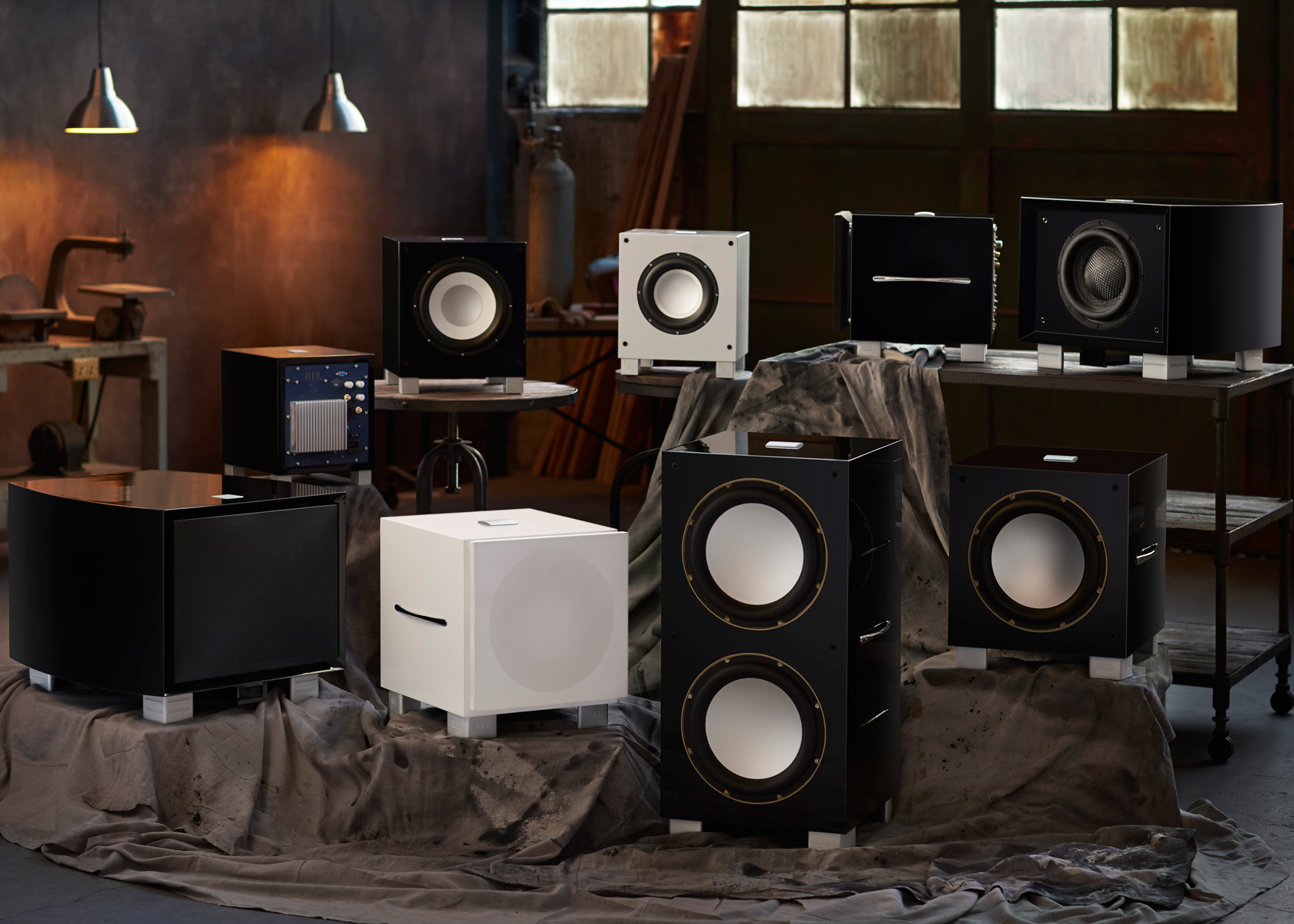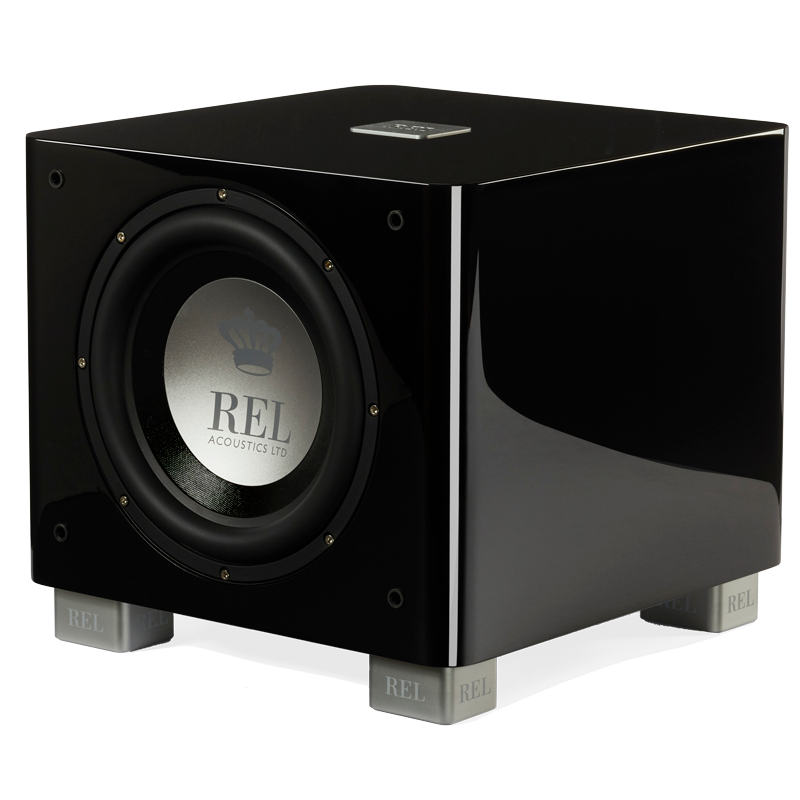Blog
How to Choose a Subwoofer
Expert Tips & Common Mistakes
We get hundreds of calls and emails each month at REL, many of them inquiring about which REL would be best for their application (love those, keep them coming). We thought it would useful to expand the discussion to the larger question, how should customers select the right powered subwoofer from ANY manufacturer.
Our process at REL is simple and you should always begin with the first couple of steps, after that the process gets a bit more advanced but it all begins with answering these first 2 and maybe 3 questions:

- Identify what main speakers you are using (theater or music)—this determines many of the qualities needed in your subwoofer selection. Obviously, an expensive state of the art floorstand speaker that produces good extension and output into the upper 30’s will require a larger, more competent sub than an inexpensive, small bookshelf that just barely gets into the 60Hz range.
- What are my room dimensions? Large rooms take a lot more power and subwoofer to properly drive this room, where a smaller room may require less. I recently calmed down a prospective REL owner upset that his (self-determined) REL solution was going to run him over $4,000. After we talked for a few minutes, he came to understand these simple criteria and he was able to understand that for his speakers and room, the solution was less than half that cost. Understandably, he was relieved.
- Ideally, you should be able to identify and call out other room information that has bearing; is the 16’X24’ room open floor plan and gives onto a dining room of an additional 16’X14” and then continues into a hallway (in acoustic terms, a bass trap)?
- Once these basics are out of the way, more advanced issues start to announce themselves
Click here to use our Speaker Pairing Tool
Speed:
We are speed freaks here at REL. There is an old saying in car racing; “Speed costs money, how fast do you want to go?” No issue has more plagued subwoofers over the past three decades than lack of speed—both in filter design and in speed of the driver/box combination. As speakers have gotten better and faster, this issue has only been magnified and taken on more importance. A modern REL is roughly three times faster than a REL of just a decade ago due to focused improvements in our filters and reducing moving mass in the bass engines themselves, our drivers.
Once we have the answers to 1-2 above, our first priority, and it should be yours too, is what is the character and speed of my system? Is it a rich, slow-sounding system? Or are my speakers carefully chosen for speed and naturalness. If the former, you’ll want to go with a rich warm-sounding sub—the T/9i in our range is just such an example. If, however, you have a scalpel for a pair of speakers—a pair of Rockports, Raidho, or Wilsons come to mind–we make solutions able to keep up with any model even the most ambitious speaker manufacturers offer. Speed costs money, these models will be considerably more expensive.
If a subwoofer manufacturer cannot intelligently speak to this issue (and no, “Our subs are plenty fast” is not speaking intelligently to the subject) run the other way while holding firmly onto your wallet. Without the ability to match speed and dexterity to your system, that subwoofer will sound like a walrus in rut. Neither are pretty to observe.
Depth:
By depth, we mean low bass extension. Again, we need to know how deep your main speakers extend in room. Most of you have been at this for a while and can make pretty accurate assessments, our in-house advisors all have years in the business so you can simply call or write us at contactus@rel.net and we’ll be happy to give you plenty of information to help guide you—even if you plan to buy someone else’s product. Sorry, please do not break out a speaker manufacturer’s spec sheet and tell us, “Well my $600/pr. XTZ-9601B’s say they go down to 19 Hz, whaddya got that will go down below that?” Many/most speaker designers will quote low frequency extension based upon their performance in an anechoic chamber—Google it if you don’t know what that is. This number has NO meaning in the real world. Frequently, these numbers can misrepresent the achievable in-room performance by 20 Hz or more. The only thing that matters to you is what your speakers will deliver in YOUR room. It is far better to purchase a sub that mates perfectly to your speakers that, in many cases, may only be generating clean 54 Hz bass and therefore needs a sub capable of being quick and extending up higher to handshake with your speakers. Call us, we can guide you if you can enter the conversation with answers to 1-2 above.
20 Hz:
The great myth of audio is that 20Hz can be readily achieved in one’s room for a cheap price. We make several models that given a decent and large-ish room can go down into the teens. But don’t expect 20 Hz for $1,000 from any sub and most conventional subs that force this behavior in the $1,500-4,000 range extort that performance using digital equalization that leaves their subs sounding grotesquely disconnected from real music (or bomb blasts or car crashes). Much like body builders overly concerned with one freakishly overdeveloped aspect of their appearance, using digits to force an amp/driver combo in a subwoofer to output a certain result leaves one briefly impressed but generally shaking ones’ head. Even in a huge theater system, bass that is inconsistent with the rhythms and textures of naturally occurring sound will wear and become tedious quickly.
The Bottom Line:
Get to know your system, your room and your expectations for this system—now and in the future and you will be able to add entirely new and remarkable enjoyment from your system. Get it wrong and you’ll be frustrated for your entire time with this purchase. Focus on achieving a natural result, be willing to forgo unrealistic performance for a given budget perhaps giving up a few cycles of bass extension for a perfect blend and you will enjoy your system more than you ever thought possible. And if you are one of the lucky few who can afford to explore the limits of what can be achieved in system design, we have upper performance limits that have yet to be tested!
Click here to use our Speaker Pairing Tool












